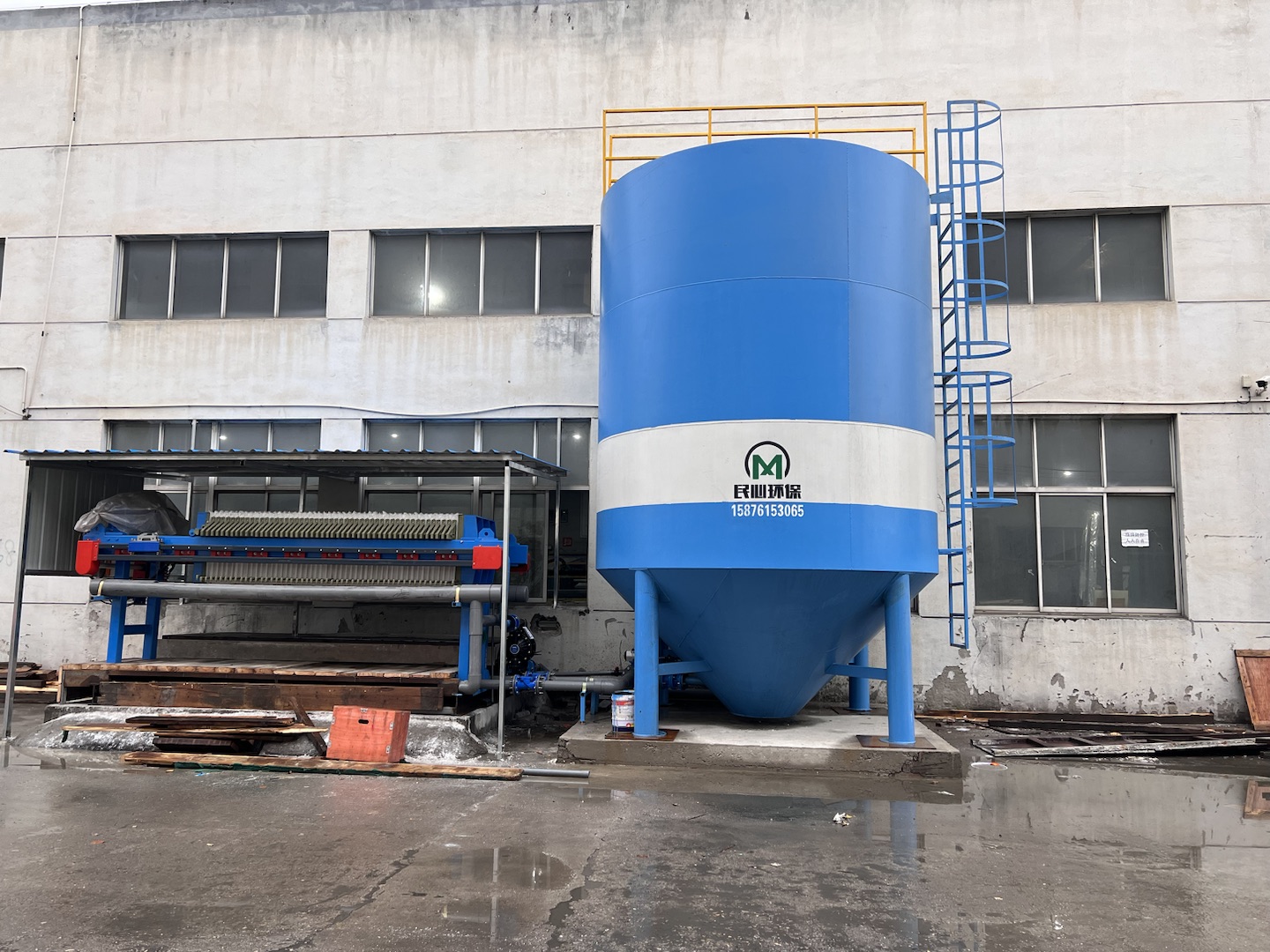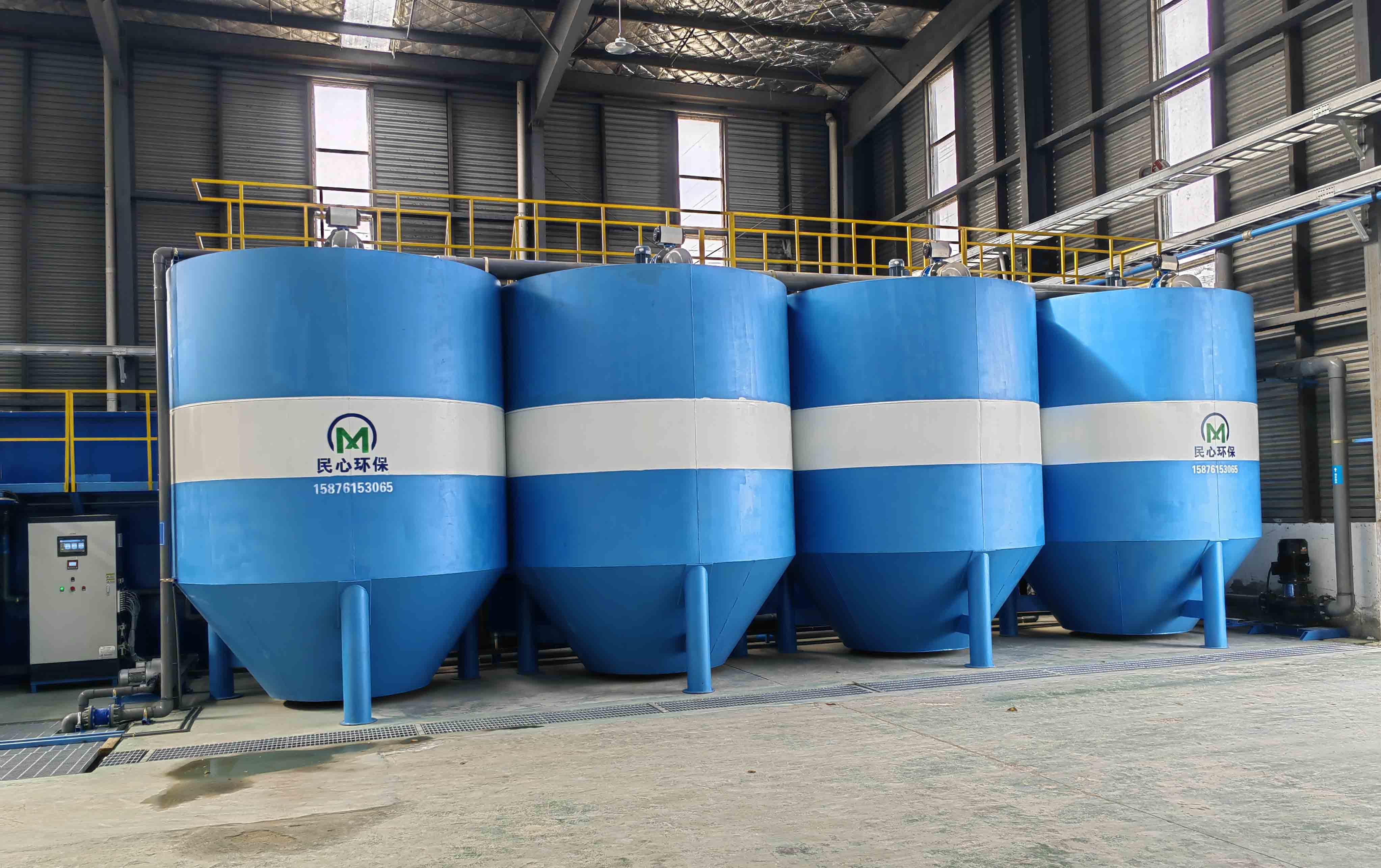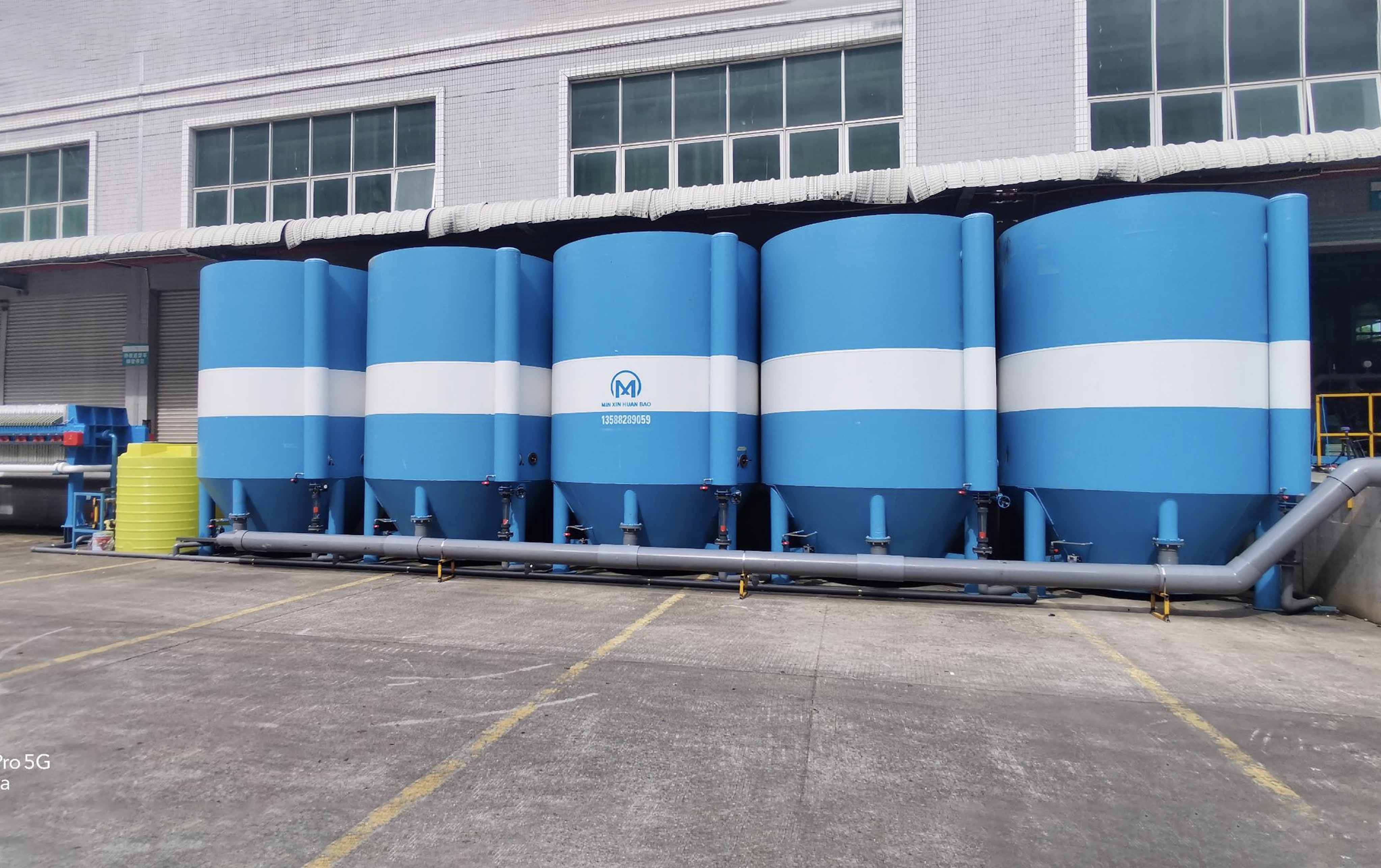1. Why choose edging wastewater treatment in the glass industry?
In the glass industry, the edging process generates a significant amount of wastewater that requires effective treatment to meet environmental regulations and ensure sustainable operations. Our company focuses on advanced glass edging wastewater treatment equipment designed specifically to address the challenges posed by this type of wastewater.
The Significance of Treating Glass Edging Wastewater
Glass edging wastewater typically contains various contaminants such as abrasive particles, glass fragments, oils, and chemicals. If not treated properly, this wastewater can have detrimental effects on the environment, including pollution of water bodies and harm to aquatic life. Moreover, untreated wastewater may lead to legal consequences for the industry and damage the reputation of companies.
2. Glass industry edging wastewater treatment process

3. Advantages of our glass edging waste water treatment equipment
A. High Efficiency: Capable of treating large volumes of wastewater in a short time.
B. Customizable Design: Tailored to the specific requirements and capacities of different glass manufacturing facilities.
C. Low Operating Costs: Energy-efficient and requires minimal maintenance.
D. Compliance with Regulations: Ensures the treated wastewater adheres to all relevant environmental laws and standards.
E. Space-saving: Compact design suitable for installation in various factory layouts.
4. Installation and maintenance
Once you purchase our equipment, we will arrange a professional technician to come to your factory and install the equipment. Regular maintenance is essential to ensure its optimal performance. This includes periodic checks of filters, cleaning of tanks, and monitoring of chemical dosages. Our team also provides comprehensive after-sales support and training to ensure smooth operation of the equipment.
5. Edging Wastewater Treatment Equipment Configuration

6. Treatment water quality effect


7. More than 600 installation cases in total




